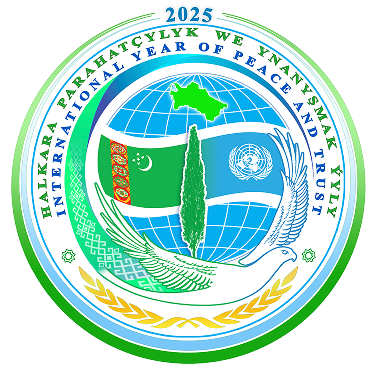MEDIEVAL MERV - A CITY ON THE SILK ROAD

Merv, during its heyday in the 12th century, was one of the largest cities in Asia. Until 1194, the city was the eastern capital of the Seljuk Sultanate, which included a vast territory stretching from western Anatolia and the Levant to the Hindu Kush in the east and from Central Asia to the Persian Gulf in the south. Merv flourished for many centuries, being located at the crossroads of the Silk Road, and becoming a famous metropolis, attracted scientists and travelers from distant regions.
Many famous Central Asian scientists worked in the city. Among them were Al-Khorezmi ("the father of algebra"), and the famous geographer Al-Fergani and many other scientists.
The main reason for the prosperity and development of Merv was its geographical position in the Murghab delta. Thanks to this location, the city had an undeniable advantage - it was one of the largest holiday destinations on the Silk Road. Here merchants could always purchase horses or camels for onward travel to China.
The 12th century Merv and the surrounding oasis were crossed by numerous canals and bridges. The city was also famous for its beautiful orchards. Its walls stretch for more than five kilometers, representing an impregnable fortification with watchtowers and four main gates. The streets of the city were narrow and winding with cramped houses. Residents and guests of Merv could visit mosques, libraries and baths. There were several large schools in the city.
For several years the great poet and scientist Omar Khayyam (1048-1131 AD) worked at the Merv Astronomical Observatory. He, and a number of other famous scientists, indicated that at least 10 large libraries were built in the city, one of which was located near a large mosque and stored about 12,000 different works.
Merv was not only a holiday destination for travelers, but also a major center of production and trade. Just outside the gates of the city were large markets, pottery and steel-making furnaces. In the latter, the masters smelted steel known in many states of the medieval world.
The city, among other things, was famous for its textile production. As noted by the 12th century Arab geographer al-Idrisi, "a lot of silk is obtained from Merv, as well as the highest quality cotton called Merv cotton, which is extremely soft." Gowns and turbans made of Merv fabric were popular throughout the Islamic world.
Another unique feature of Merv is that it is a system of settlements located nearby and occupying an area of thousands of hectares today, while in other ancient cities a new settlement was built right on the site of the old one.
In 1999, the complex of priceless monuments included in the historical and cultural reserve "Ancient Merv" was included in the UNESCO World Heritage List.


 NEWS
NEWS